Washington State: SOA Design
The long-range plan at L&I called for organizing their future application initiatives around shared services and shared messages on a message bus.
In this project we created detailed requirements specs for the dozen major shared services and created an inventory of the key messages they would need to form the backbone of their Service Oriented Architecture.
One of the interesting early wins was with their Accounts Receivable system. They had just started an AR project, and we convinced them to think of AR as a service rather than an application. They had discovered that 23 of their 200 applications had implemented AR functionality and this project was intended to rationalize this. The pilot application to be converted (Claims Overpayment) wanted to implement an AR message that was highly specific to claims overpayment and, therefore, would not be reusable. This was contrary to the idea of reusable messages.
We did a bit of semantic modeling to find the commonalities and differences and constructed a common message that had variable payloads for the few fields that really needed to be specialized for each case. On a follow-up visit several years later, they reported they have successfully converted all 23 of the satellite AR functions, which has provided benefits including consistent revenue reporting and a single place to check to see if someone owes the Agency money before they pay them from their Accounts Payable systems.
Contact Us:
Overcome integration debt with proven semantic solutions.
Contact Semantic Arts, the experts in data-centric transformation, today!
Address: Semantic Arts, Inc.
123 N College Avenue Suite 218
Fort Collins, CO 80524
Email: [email protected]
Phone: (970) 490-2224

